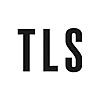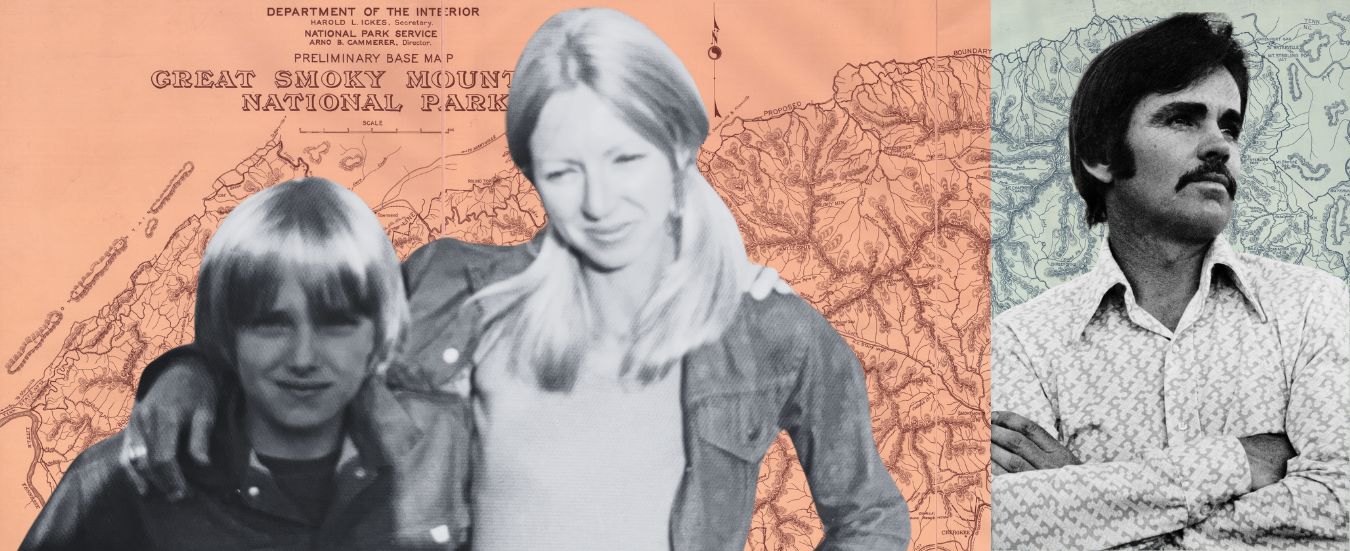Poor Artists may or may not function as a survival guide for young artists – there’s a lot of stuff about money, living conditions, the hell of rivalries and relationships, social media, the plight of artists of colour (who still find themselves wearyingly called on to “perform their identity”) and the artist’s responsibility or otherwise to respond to appalling and terrifying things in the world. But the gravest obstacle to any sort of fulfilment that comes across is this essential conundrum: if you’re making art, are you doing it for yourself or for other people?
Zarina Muhammad and Gabrielle de la Puente made their escape from this particular vampire castle early, at art school: “It turned out we enjoyed talking about art more than making it”. In 2015 they launched The White Pube, an idiosyncratic online art magazine. (It’s like Popbitch with fewer errant celebs and more theory.) The present book crystallizes a lot of “talking about art” – to others as well as among themselves – in a punchy, clever and (mostly) engaging way, even if its knowingly childlike tone is sometimes a little less knowingly childlike than the authors think it is.
The notional protagonist of the book is Quest Talukdar, a multifaceted fictional creation. She recounts her life in the art world, from early visits to galleries (“I am literally a baby”), via some grim experiences at art school, to the miserable triumph of her commercially oriented sock puppet, QT, and beyond. She makes reference to art works that have meant something to her or that help to advance an argument. The fact that a lot of dialogue in the book comes from interviews with real people makes Poor Artists a kind of autofiction (among other things). As ever, some readers will be more troubled about what really happened and what has been made up than others. But everything we see Quest go through, from “phrogging” (living or working in the interstices between rooms and floors to evade sky-high rents) to sustaining severe injuries while working as a studio assistant, and the unique torment of achieving success with work you know is no good, is part of the reality for young artists today.
Despite a fair amount of Young Wertherish angst, Poor Artists is very funny; it’s also charged with a surreal sense of invention. Quest’s teacher at art school is a “mountain” of discarded materials and artworks. “Royal Tunbridge Wills”, her infuriating posh contemporary, wins early acclaim, only to be dismembered and eaten by his gallerist and a ravening prowl of art-world flacks. Quest, or rather one of her avatars, bags a residency on Jupiter, from where she sends glum “Major Tom to ground control”-type messages home. Gustave Courbet drives an Uber.
The post Life in the art world appeared first on TLS.

 By Times Literary Supplement | Created at 2024-11-20 16:49:31 | Updated at 2024-11-21 18:30:20
1 day ago
By Times Literary Supplement | Created at 2024-11-20 16:49:31 | Updated at 2024-11-21 18:30:20
1 day ago








